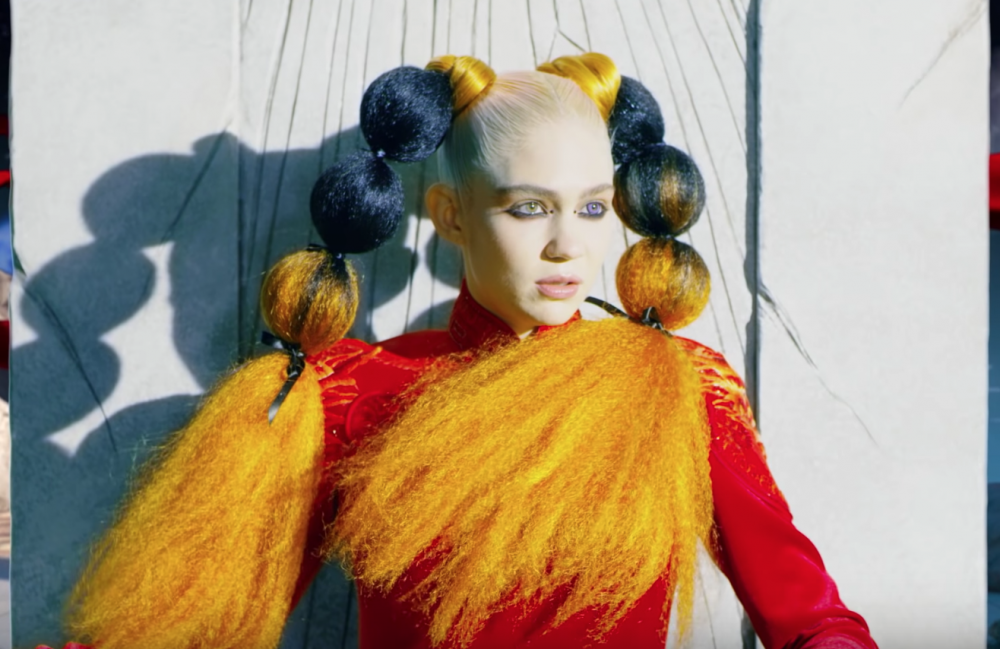Back in March 2006, Twitter co-founder Jack Dorsey tweeted, “just setting up twttr.” Fifteen years later, he’s selling that tweet for $2.5 million. The reason for this is the newest piece of tech in the art scene: NFTs.
NFTs, like their siblings blockchain and cryptocurrency, get increasingly impossible to understand the more you learn about them. Nonetheless, let’s start at the top and work our way down to the details.
In their simplest form, NFTs are a digital way of representing ownership of unique items. The term itself stands for “non-fungible token.” Essentially, when a piece of digital art becomes an NFT, only one of it exists in the world, and as with anything that is rare, the price skyrockets.
The best example of a real-world NFT-like item would be the Mona Lisa: Anyone can print out a picture of the Mona Lisa with no real value, but the original painting in the Louvre is worth millions. To get more technical, NFTs are programmed and stored on the Ethereum blockchain, making it more similar to a cryptocurrency like Bitcoin or Ether, which also exists on Ethereum.
This idea of unique ownership in a digital landscape isn’t new, but there haven’t been methods to implement it. Blockchain solved these problems by providing an infrastructure that could properly verify all transactions and prevent any dodgy behavior.
[Paramount Plus gives nostalgia seekers what they’re looking for]
NFTs can be anything digital — and that means literally anything, ranging from “sorta makes sense,” to “some people have too much money.” For example, on marketplace Nifty, musical artist Grimes sold a 56-second long music video for $388,938. On the same site, a looped GIF of a poorly drawn Gucci ghost was bought for $3,600.
The list goes on, with albums, GIFs and other media being sold for insane prices. To be clear, NFTs can theoretically be any price; if only one person bids on a particular NFT, then its price would remain low. But the artificial scarcity causes large bidding wars that eventually drive the price up. But a large question remains: Why would anyone want to buy a digital version of a Gucci ghost they could otherwise have for free?
While each consumer has different reasons, there are some common trends. Some like the idea of collecting digital art and forming their own collection. One of the bigger reasons is its investing power; users can put their money into an NFT and sell it for more money later on for a profit.
The idea may sound alien at first, but the basic concept isn’t anything new. People have been buying and collecting classic cars and fine art for centuries, and even recently people have been buying and selling rare Pokemon cards for millions of dollars. NFTs are simply the digital evolution of the same trading ecosystem.
As with anything, NFTs come with a slew of pros and cons. The biggest benefit is the ability to add value to digital artists and creators. Smaller artists can earn much more money than they normally would through commissions alone. Not only can they make money off individual pieces, but some NFTs can be programmed to give royalties to the artists. Essentially, anytime their art is bought or sold, a small percentage of the price would go back to the artist.
[The app Cappuccino lets you make daily podcasts with your loved ones]
Additionally, artists can sell and interact directly with their audiences. The blockchain format of NFTs allows artists to bypass agents and other middlemen and go straight to their buyers. Culturally, it allows individuals to participate in a new form of collecting, like how some wealthier individuals collect fine art.
One drawback is, ironically, ownership. Since anyone can sell anything as an NFT, some accounts have been stealing other individuals’ digital art — and even tweets — and selling them as NFTs, keeping all the profit without crediting the original artist. Another major drawback is the environmental impact of NFTs. The concern comes from how cryptocurrencies like NFTs are managed; they’re “mined,” which is done by running intensive processes on several computers, which requires power.
For example, to “mine” one Bitcoin costs 741 kilowatt-hours; to put that into perspective, that’s enough to power the average U.S. household for almost 25 days. NFTs run on a different network than Bitcoin but are similar in their power consumption. The Gucci ghost GIF, for example, is estimated to have used approximately 8,441 kilowatt-hours of power throughout its lifetime as an NFT. Estimates like these are rough at the moment, and not many studies have been conducted on NFTs’ impact in particular, but signs point strongly in the direction of a huge carbon footprint. Possible remedies are around the corner, however, such as future implementations of the Ethereum infrastructure having environmentally friendly solutions in mind.
If you’ve made it this far, hopefully you now have some idea of what an NFT is. If you do and love the idea — great! Sites such as niftygateway.com and Valuables allow you to buy and sell NFTs, so you too can sell an ordinary GIF for millions of dollars. But if you maybe just think it sounds dumb, that’s fine, too.



